Learning hiragana is an essential foundation for studying Japanese. Hiragana are characters that represent the sounds of Japanese, and they are the first characters that children in Japan learn. Once you memorize their sounds and shapes, you can easily write them. Hiragana is necessary to write Japanese sentences along with katakana and kanji. This article explains the basic usage and memorization methods of hiragana.
What is hiragana?
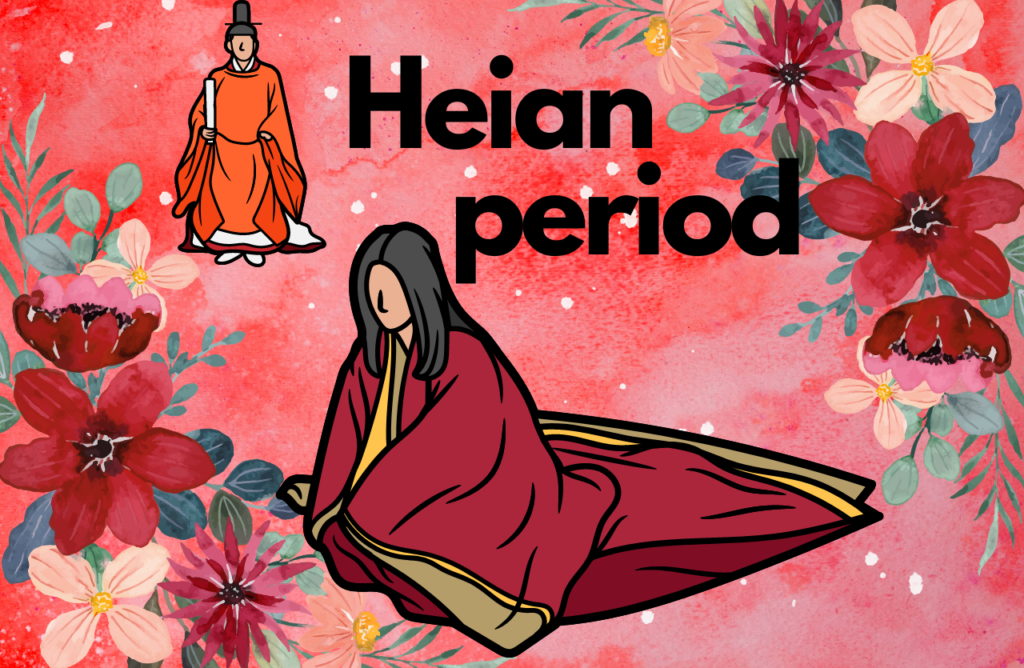
Hiragana are characters that represent the sounds of Japanese.
They are said to have been simplified from Chinese characters that were introduced to Japan from China around the 9th century. During the Heian period, they developed into their current form and were used in letters and diaries written by women.
Hiragana consist of 46 characters that correspond to each sound in Japanese, such as “a i u e o,” “ka ki ku ke ko,” “sa shi su se so,” “ta chi tsu te to,” “na ni nu ne no,” “ha hi fu he ho,” “ma mi mu me mo,” “ya yu yo,” “ra ri ru re ro,” “wa wo n.” Hiragana have a soft and round writing style, and compared to katakana and kanji, they are easy to read because the characters are not complicated.
Hiragana are the first characters that children in Japan learn, and along with kanji, which represents Japanese culture and tradition, and katakana, which represents loanwords, they are essential basic characters for expressing Japanese.
How to write hiragana
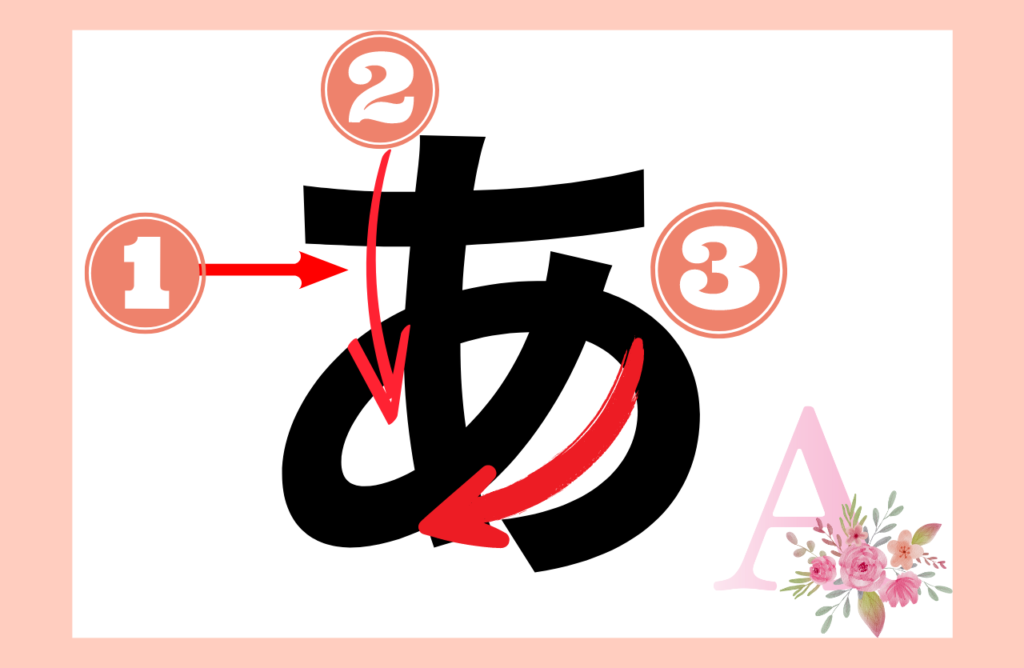
Hiragana have a specific stroke order. Memorizing the shape and pronunciation of each character while following the stroke order can help you remember hiragana more easily.
Stroke order
There are certain rules for writing hiragana. First, start with a horizontal line and then add a vertical line. For example, “あ” is written in the order of a horizontal line, a vertical line, and another horizontal line. For “か”, draw a horizontal line, a vertical line, then draw the horizontal line back and add the lower horizontal line. In the case of a character with only a vertical line like “い”, start writing from the left vertical line. By following the stroke order, you can write beautiful characters.
Shape of the characters
Finding regularity is important when memorizing hiragana. Hiragana are composed of several parts, such as vertical lines, horizontal lines, flicks, curves, and circles, and each part has a common way of writing.
Vertical lines

Vertical lines represent parts that stretch vertically, such as “い,” “ろ,” “は,” and “へ.”
How to write: Write from top to bottom in one stroke. It is important to adjust the balance between the left and right sides.
Horizontal lines

Horizontal lines represent parts that stretch horizontally, such as “な,” “は,” “ま,” and “る.”
How to write: Write from left to right in one stroke. The length and thickness vary depending on the character, so be aware of balance when writing.
Flicks

Flicks represent small flicks at the beginning or end of a character, such as “さ,” “き,” “は,” and “ぬ.”
How to write: Write the tip of the flick lightly curved. The shape of the flick varies depending on the character, so be aware of balance when writing.
stroke
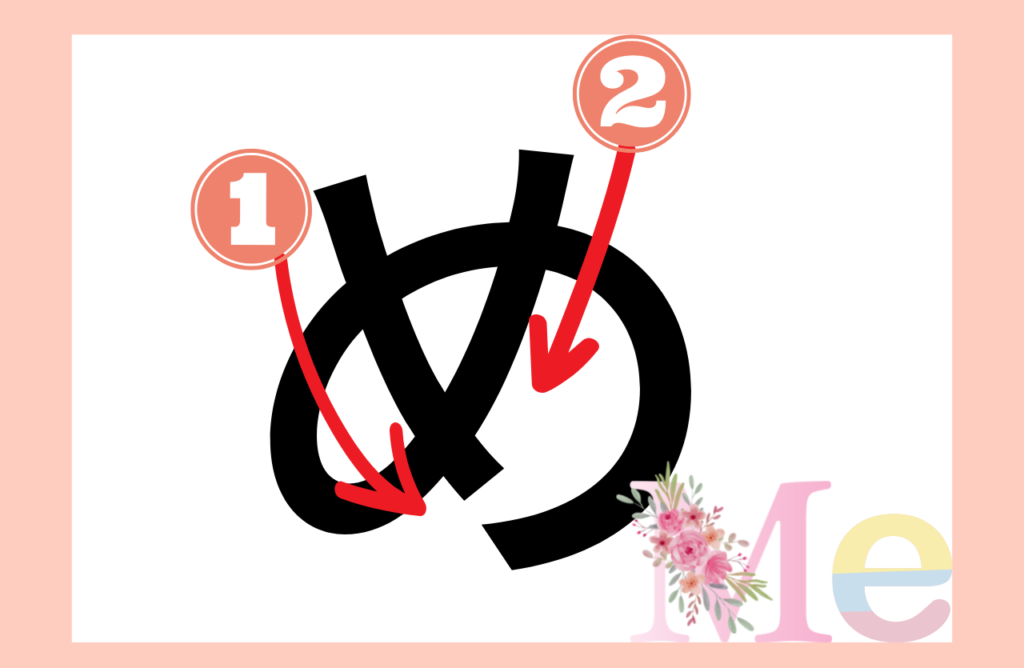
Curves represent rounded curves, such as “め,” “わ,” “ね,” and “り.”
How to write: Draw curves from left and right and connect them in the middle. The smoothness and size of the curve vary depending on
rounded curves
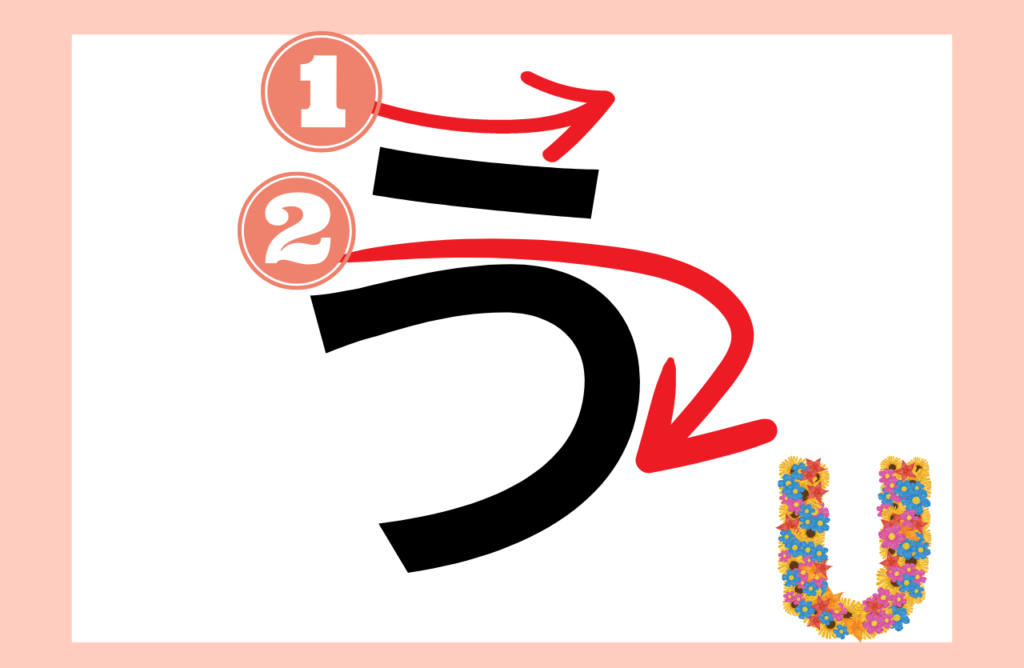
The characters “う” “お” “か” “け,” etc. represent circles or ellipses.
How to write: Draw curves from left to right and connect them in the middle. The strength of the roundness and the length of the curves vary depending on the character, but be aware of balance when writing.
This is a total of 46 characters. Please repeat it aloud and write it down multiple times. It is said that repeating information aloud multiple times helps it to be retained in long-term memory. Additionally, physical actions and repetitive learning are believed to promote changes in neural pathways in the brain, leading to the consolidation of language memory.
How to read hiragana in English
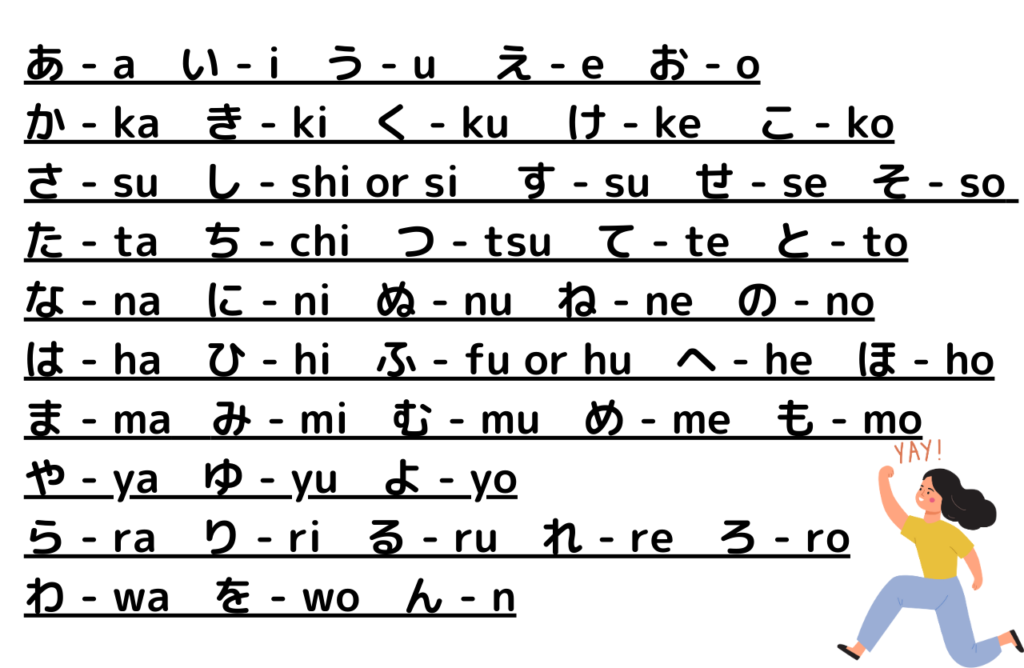
あ – “a” い – “i” う – “u” え – “e” お – “o” か – “ka” き – “ki” く – “ku” け – “ke” こ – “ko” さ – “sa” し – “shi” or “si” す – “su” せ – “se” そ – “so” た – “ta” ち – “chi” つ – “tsu” て – “te” と – “to” な – “na” に – “ni” ぬ – “nu” ね – “ne” の – “no” は – “ha” ひ – “hi” ふ – “fu” or “hu” へ – “he” ほ – “ho” ま – “ma” み – “mi” む – “mu” め – “me” も – “mo” や – “ya” ゆ – “yu” よ – “yo” ら – “ra” り – “ri” る – “ru” れ – “re” ろ – “ro” わ – “wa” を – “wo” ん – “n”
Note: The pronunciation of “し” can be “shi” or “si”, and the pronunciation of “ふ” can be “fu” or “hu”.
Usage of Hiragana
Food
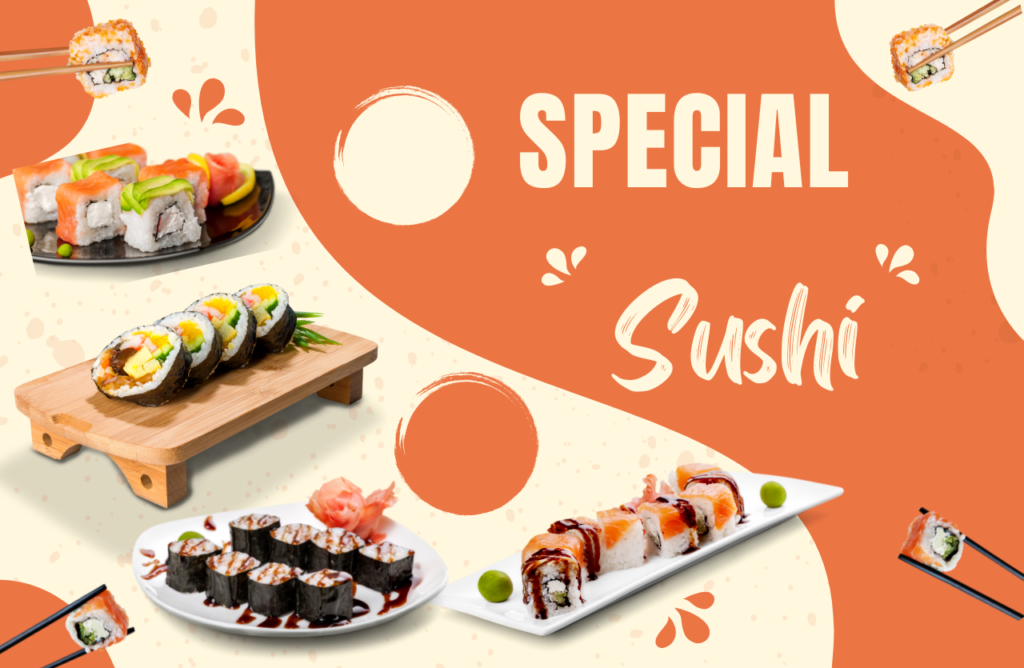
Sushi (すし)
Sushi is one of the most famous foods in Japan and is popular all over the world. There are various types of sushi in Japan, such as nigiri sushi and maki sushi.
Yudofu (ゆどうふ)
Yudofu is a dish in which tofu is boiled in hot water and is one of Japan’s staple winter dishes. Its simple taste that brings out the flavor of tofu is its characteristic.
Tonkatsu (とんかつ)
Tonkatsu is a Japanese-style Western dish made by coating pork with breadcrumbs and frying it. It is usually eaten with sauce and bonito flakes.
Tempura (てんぷら)
Tempura is a representative dish of Japan where vegetables, shrimp, fish, etc. are deep-fried in batter. Its crispy texture when freshly fried is popular.
Ramen (らーめん)
Ramen is a representative dish of Japan where Chinese noodles are eaten in soup. There are various types of soup such as pork bone soup, soy sauce soup, miso soup, etc.
Names

- さやか (Sayaka)
- まさと (Masato)
- あきら (Akira)
- さとし (Satoshi)
- みさき (Misaki)
- etc
Japanese names can consist of only hiragana characters. However, in recent years, there has been a growing popularity for names that can be used both domestically in Japan and internationally. This trend reflects a growing awareness of the international community’s interest in Japanese culture and products, which has led Japanese individuals to adopt a more international mindset. It is expected that more diverse names will continue to be created in the future.
Animal
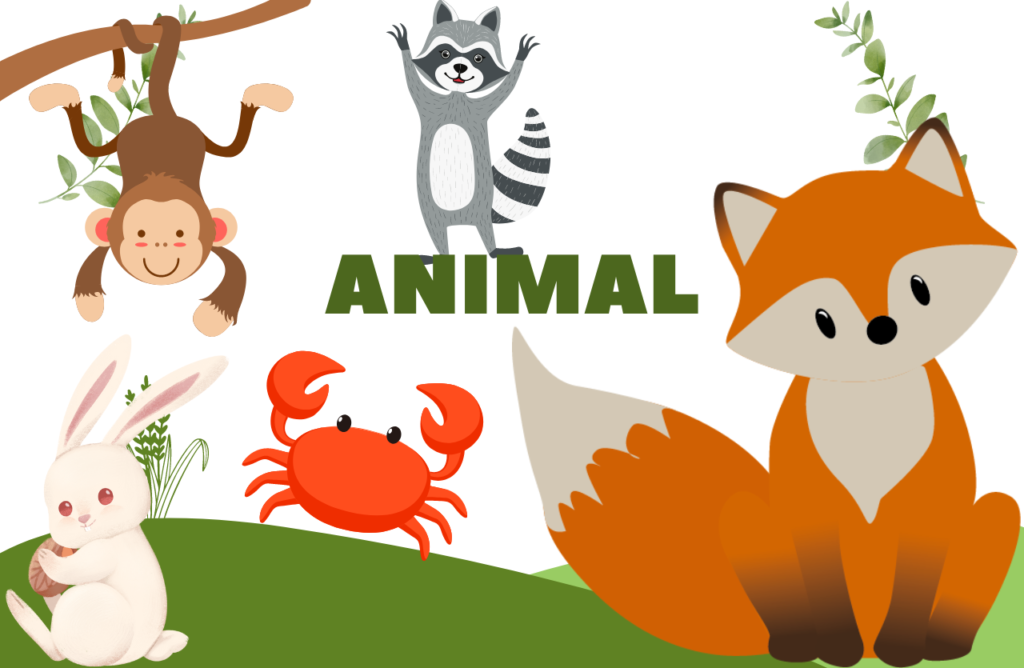
たぬき (tanuki):raccoon dog
きつね (kitsune):fox
さる (saru):monkey
うさぎ (usagi):rabbit
かに (kani):crab
These words are often expressed in katakana, but some words are written in hiragana. Especially in children’s books and product names, they are often expressed in hiragana.
The learning method for hiragana

Duolingo is an online language-learning platform available for free to people all around the world. Duolingo offers approximately 40 languages, including Japanese.
In Duolingo’s Japanese course, you can learn hiragana comprehensively from basic to advanced applications. Practice begins with the hiragana pronunciation that I explained earlier. Even beginners who do not know Japanese can enjoy studying through this course.
Duolingo is known for its gamification approach to learning. Users can acquire various skills necessary for learning Japanese, such as grammar, vocabulary, and pronunciation, through short lessons. By making the learning process feel like a game, users can focus on learning and have fun while doing so. Starting with easy grammar and working up to higher levels, Duolingo can be used by users of all levels, from beginners to advanced learners. Additionally, the course offers practice exercises and quizzes, which can help users improve their reading, writing, and speaking skills.
Duolingo is available for free, allowing anyone to begin learning Japanese without hesitation. It is also accessible through various devices, including smartphones, tablets, and computers, making it possible for users to learn at their own pace. Why not try learning Japanese in a fun way with Duolingo?
I’m also using this app to study English. It’s a recommended app for beginners because you can choose your own level and learn accordingly. It’s very flexible and accommodating for different learning styles.
Summary
I have personally used this app to learn English, and I highly recommend it to beginners, as it allows users to choose their preferred level of difficulty.
Hiragana is an essential foundation for learning Japanese. Master the basic usage and memorization techniques introduced in this article to take your first step towards learning Japanese.


